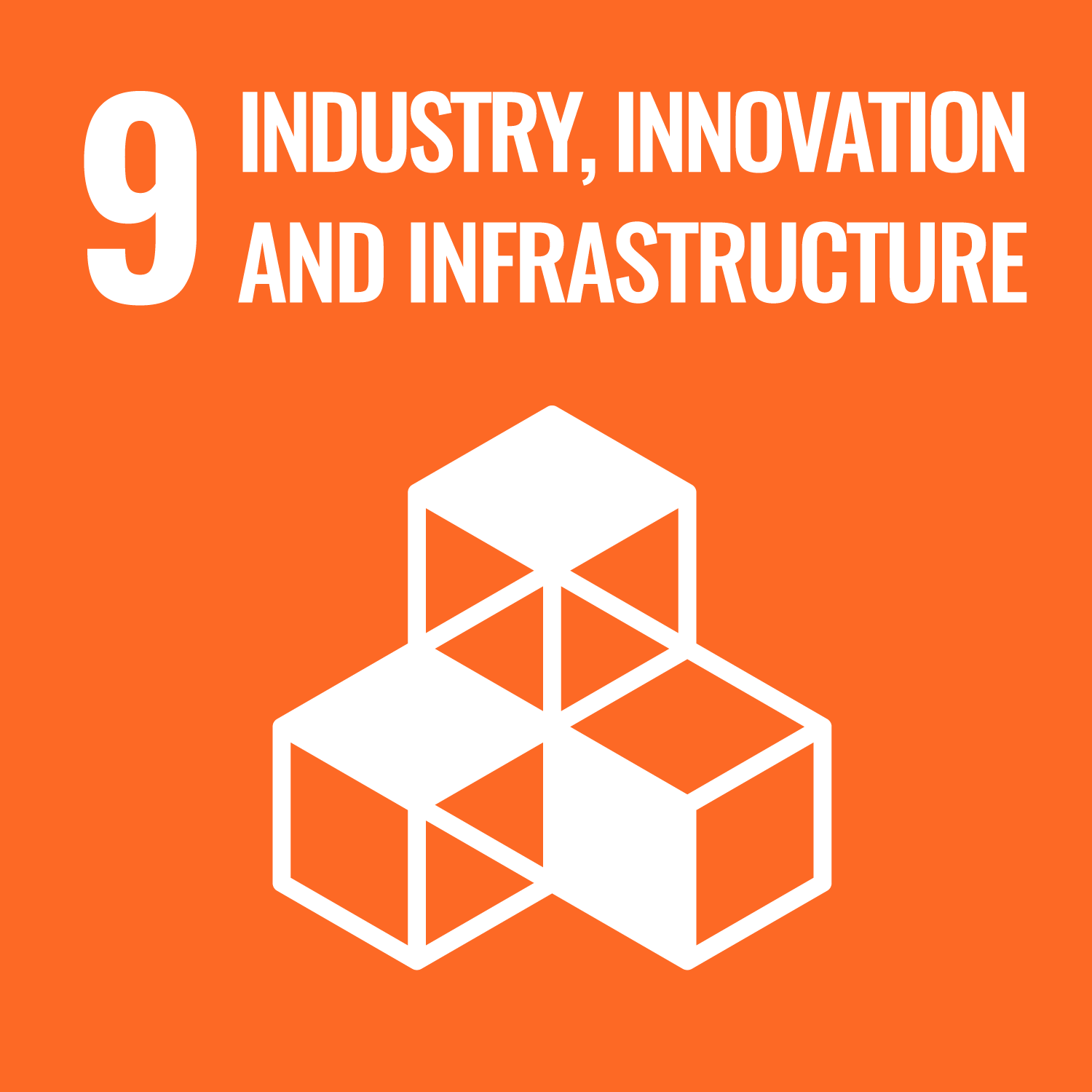SDG Detail
GEOP3030 - Liveable Cities: Infrastructure, Mobilities and Place-Making
NoneProject description
Liveability is used to define the quality of social, environmental, economic and infrastructural life in cities and regions. �Liveable� is often seen as an antidote to a range of problems, such as urban sprawl and the lack of connectivity between different infrastructures, land-uses and communities. In this unit, students will analyse the meanings of liveability and consider policies and projects related to making cities and regions more liveable, such as smart and green infrastructure, transport and mobilities, urban activation and place-making. The unit focuses on the role of planning in making connections that improve the relationships between infrastructure, mobility and place. Overall, students will gain critical insights and practical knowledge of urban policies, governance structures and plans, as well the ethics and values, that underpin the goal of creating more liveable and connected cities.
Project aims
?
Project outcome
1. Critically discuss the interconnections between infrastructure, mobility and place 2. Engage with and critique theoretical concepts related to liveable cities 3. Evaluate how ideas of liveability are interpreted and adopted in a range of urban and regional contexts 4. Communicate to diverse audiences using appropriately selected written, oral and visual means
Related SDGs
The corresponding sustainable development goals correlated with this project. You you click the icon to link to SDG category description page.









